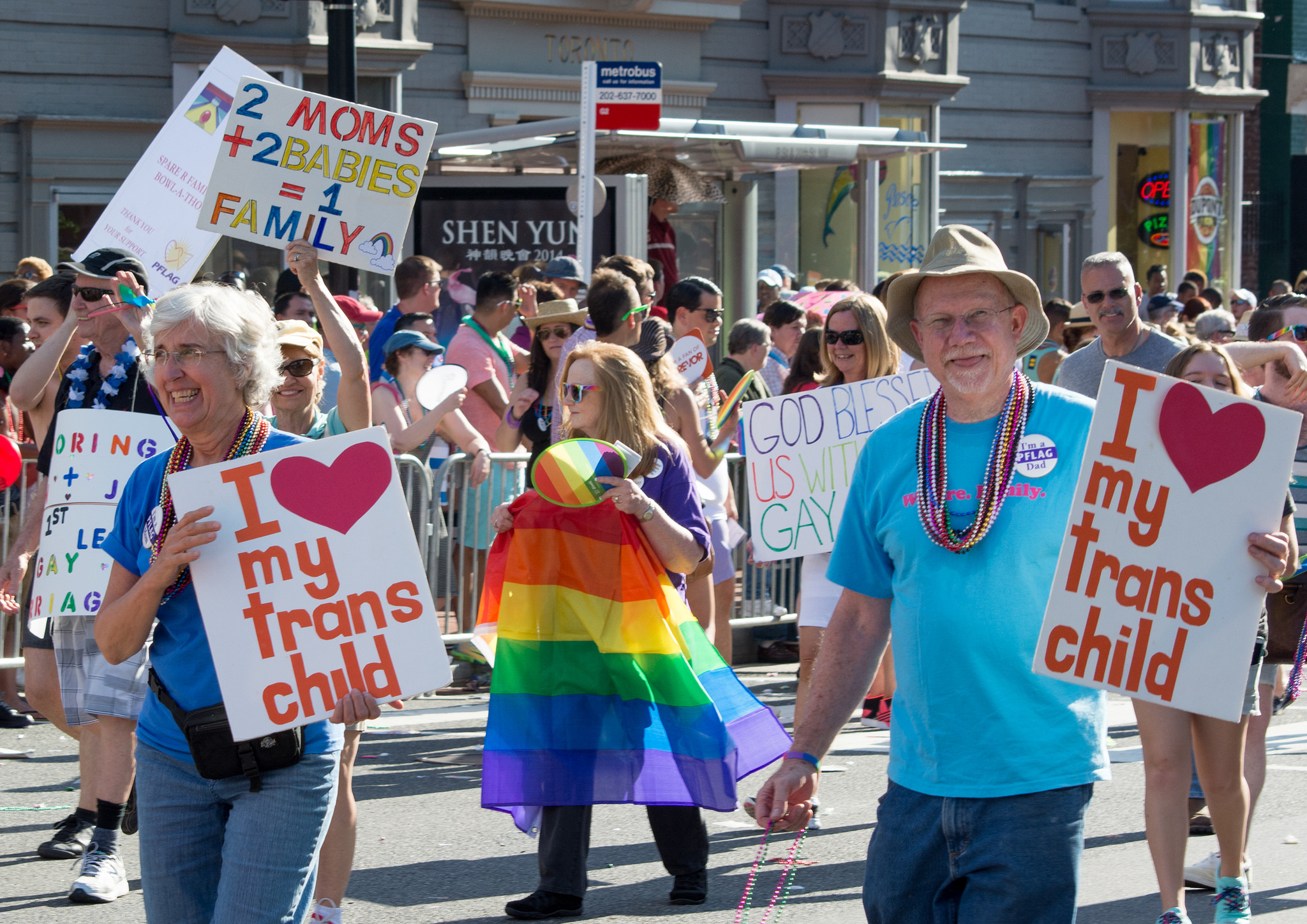New research from the Children’s Society has found that one quarter of British 14-year-old girls have self-harmed. When looking at children who have experienced any degree of same-sex attraction (whether they were attracted to the same or both / all genders), the percentage soars to 46%. This is indicative of a mental health crisis situation for young people, and shows us that proactive help is needed to help these teenagers to cope with their life experiences.
I was a 14-year-old self-harmer but at the time I had never heard of the terms ‘self-harm’ or ‘self-injury’. I was hurting myself to cope with unbearable feelings, but I thought I was the only person in the world who did such a negative and maladaptive thing. Fast forward a few years and I found out that this thing had a name, and I was not alone.
Nowadays, with the web being easily accessible and young people’s magazines talking openly about mental health issues such as eating disorders and self-harm, it is unlikely that modern 14 year olds are not familiar with the concept of hurting yourself to cope with inner pain. And far too many of them are resorting to this when they should be able to access better help and support.
This is not a judgement whatsoever on those teenagers who do self-harm. I did it for a long time and am personally and intimately aware of the purpose it can serve and how it feels helpful – for instance that it can prevent a person from doing further or worse damage to themselves. I am not suggesting that they shouldn’t be doing it, or that I know better than they do.
What I am suggesting, however, is that those who want to access mental health support, be it in the form of counselling, inpatient treatment or more practical support, should be able to access it quickly and easily so that they can learn other ways of dealing with their pain and less self-destructive coping strategies that they can test out to see whether they ease suffering so that they don’t have to take their very real pain out on themselves.
Help is 285 miles away
As an example of the inaccessibility of mental health support, NHS England has revealed that some under 18s are being sent up to 285 miles away to get the in-patient mental health treatment they need.
If a young person is unwell enough to be admitted as an in-patient, they are really unwell. Being separated from the family and friends they love at such an awful time is the last thing most of them need (those who have unsupportive or abusive families notwithstanding), and that happened to 1089 children and adolescents last year.
NHS England is planning to reduce this crisis by providing more in-patient beds but, even though the number is 24% lower than the previous year’s figures, it leaves a lot to be desired.
Dr Louise Theodosiou, for the Royal College of Psychiatrists, told the Guardian that she welcomed the 24% fall in the number of children and young people sent out of area, from 1,365 in 2016-17, but said the figure was still unacceptably high.
“Severe mental illness in young people can stem from or be exacerbated by difficult social or educational factors that need the support of local services if the young person is to get better and stay better,” she said.
“When a young person is sent far from home it is much harder for them to engage with all local services and benefit from family support – they may not be able to fully participate in family therapeutic work, for example – and so the difficulties they faced before getting ill may remain upon their return home.”
Queer kids are at especially high risk
I am most concerned about the dramatic leap in the numbers of young people who self-harm who are LGB. A jump from 25% to 46% is not a small matter, and it demonstrates that we are living in a society that makes coping with life when you are queer or attracted to people of the same sex is very difficult for young people. It is easy nowadays, with equal(ish) marriage and same-sex couples who are visible in the media, to assume that young lesbian, gay, bisexual and pansexual kids have it easy, but emerging as a queer person and facing the prospect of coming out when you hear homophobic jokes and insults every day is proving to be just as difficult as it was, way back when.
Self-harm is a symptom of something else being wrong, rather than being the problem in itself. It is easy to look at scars and hospital admissions as if they are where it all went wrong, but they are simply the most visible manifestation of more profound suffering.
This week we heard that 9-year-old Jamel Myles came out as gay and suffered four days of bullying so bad that he killed himself. If 9 year olds at school already know that Jamel being attracted to boys was something they could destroy him for, then our society has a long way to go before young people stop needing to self-destruct.
Photo credit: Tim Evanson/Creative Commons

